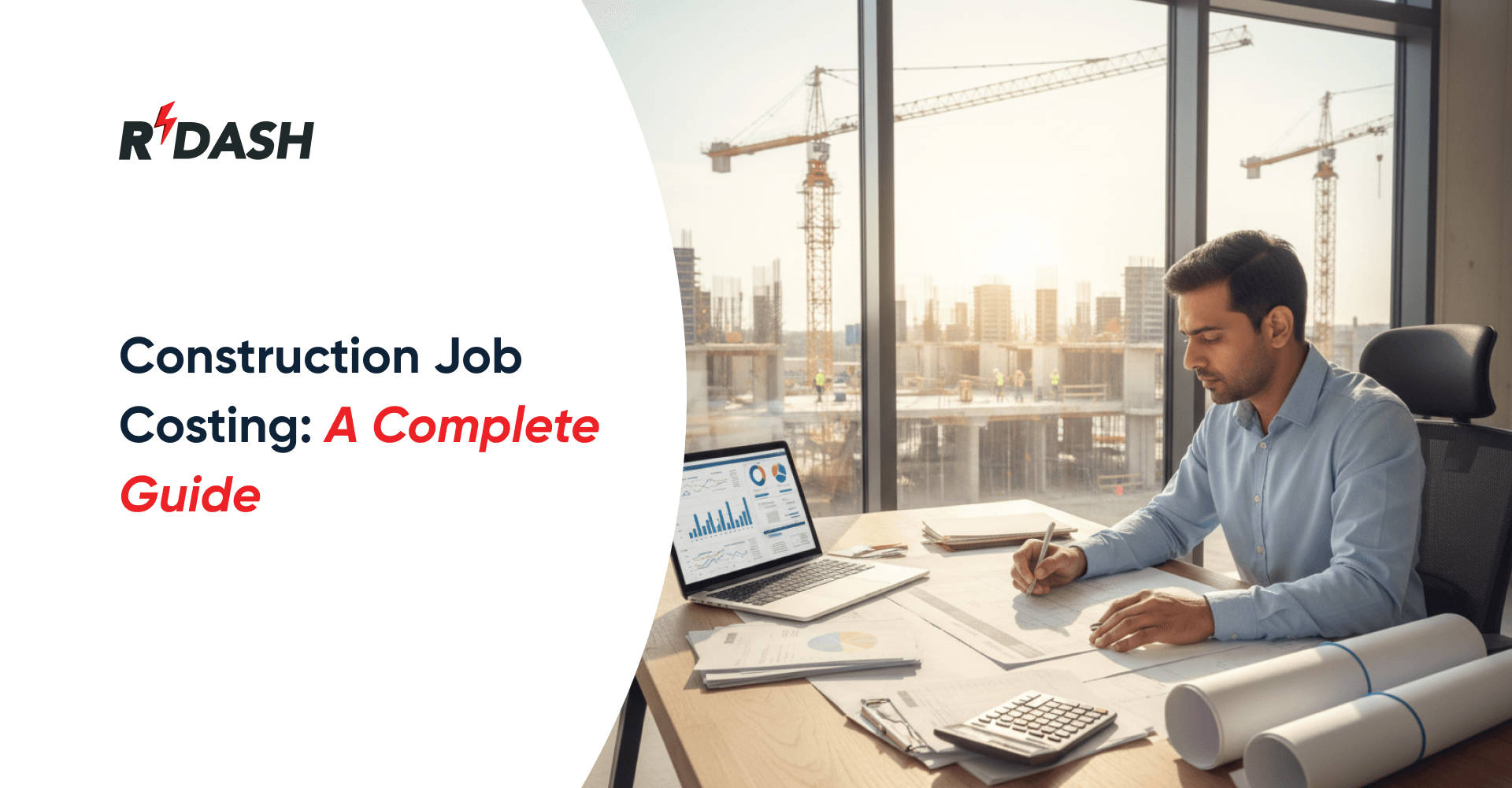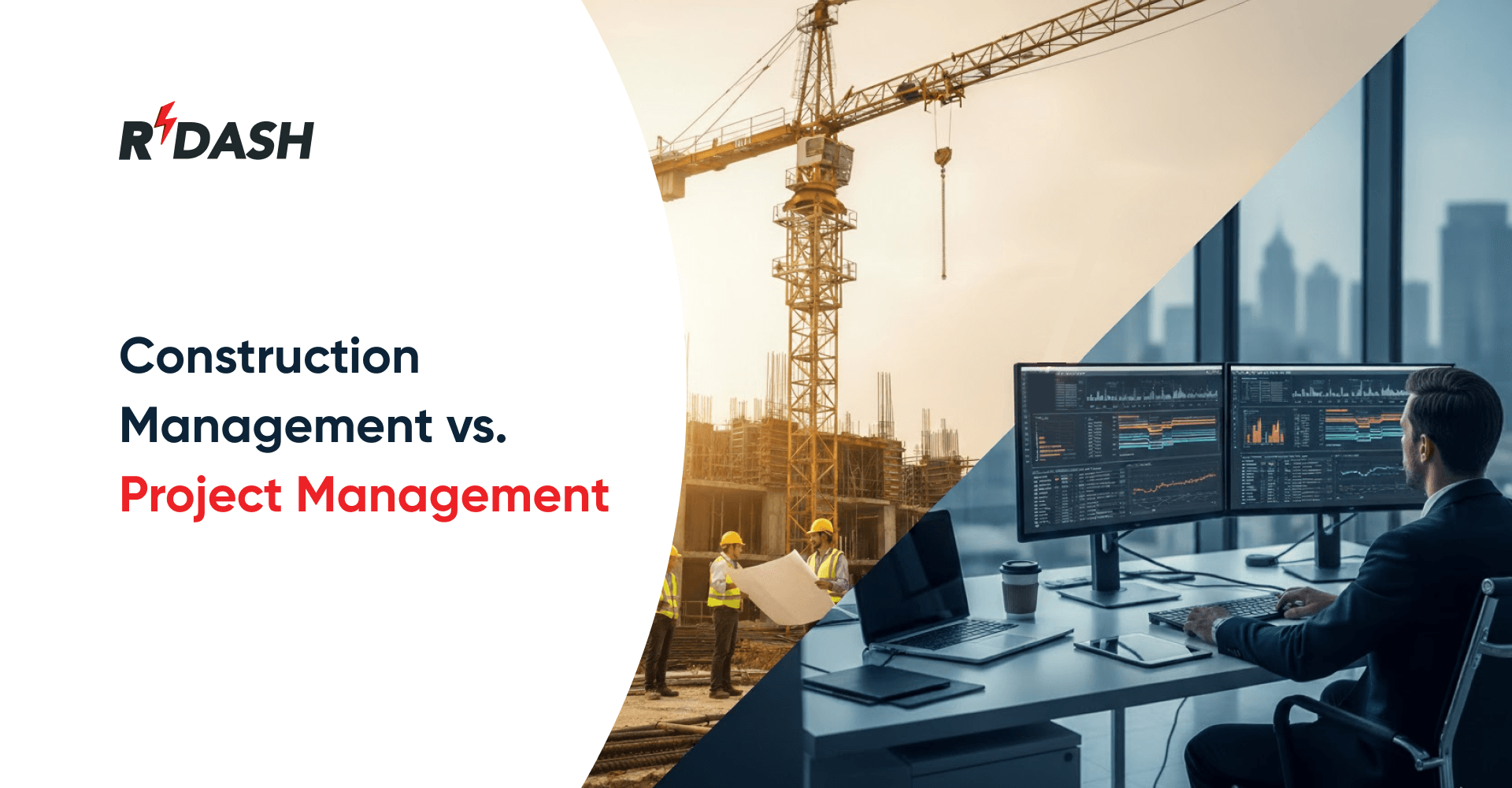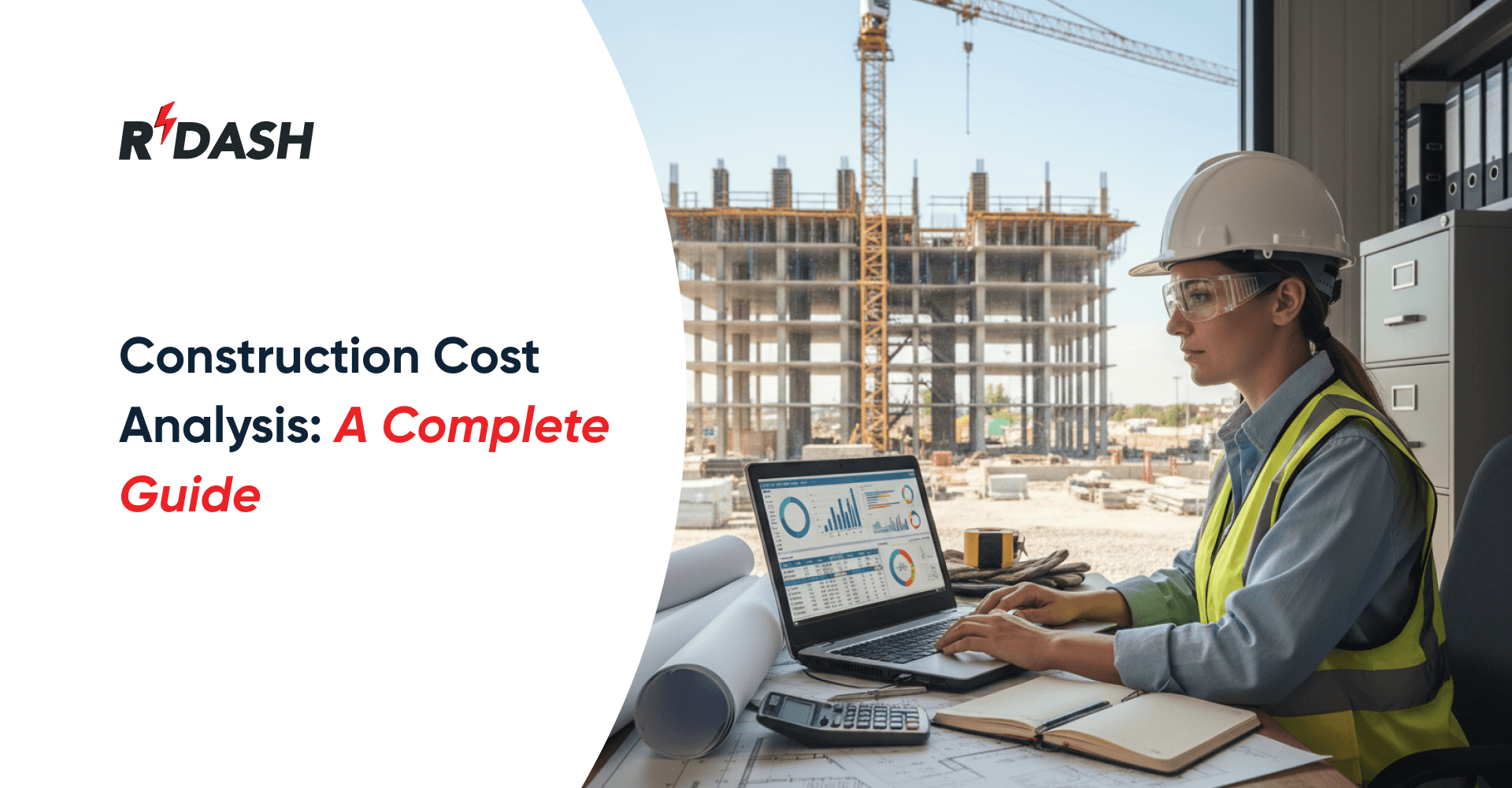Managing Construction Risks in the dynamic and often unpredictable landscape of construction projects in India is crucial for ensuring the successful delivery of projects on time and within budget. The construction industry, marked by its complexity and the involvement of multiple stakeholders, is particularly vulnerable to risks such as regulatory changes, labor shortages, and fluctuating material costs. To navigate these challenges, it is essential to adopt a proactive approach to risk management that is tailored to the unique conditions of the Indian market. By identifying potential risks early and implementing robust mitigation strategies, project managers can safeguard against disruptions and drive projects to successful completion.
Introduction
In the construction industry, risk is an inherent part of every project. From the initial planning stages to the final handover, managing construction risks is crucial to ensuring project success. The complexity and scale of construction projects, combined with factors such as tight deadlines, fluctuating material costs, and regulatory requirements, make the process of managing construction risks both challenging and essential. In this blog, we will explore the best practices for managing construction risks, offering insights that builders can apply to safeguard their projects and achieve desired outcomes.
Understanding the Spectrum of Construction Risks
Managing construction risks effectively begins with a clear understanding of the various types of risks that can arise. These risks are diverse and can impact different aspects of a project:

- Financial Risks: Unexpected costs, budget overruns, and delays in payment can jeopardize the financial viability of a project.
- Safety Risks: Construction sites are prone to accidents, making safety management critical to preventing injuries and fatalities.
- Legal Risks: Contract disputes, non-compliance with regulations, and litigation can lead to project delays and additional costs.
- Environmental Risks: Weather conditions, natural disasters, and environmental regulations can disrupt construction schedules and increase costs.
- Technical Risks: Design flaws, construction errors, and material shortages can compromise the quality and integrity of the project.
The Importance of Early Risk Identification
One of the most effective strategies for managing construction risks is early identification. By conducting a comprehensive risk assessment at the outset of a project, builders can identify potential issues before they arise. This process involves:
- Risk Workshops: Engaging stakeholders in discussions to identify and assess risks.
- SWOT Analysis: Analyzing the project’s strengths, weaknesses, opportunities, and threats.
- Historical Data: Reviewing past projects to identify common risks and their impact.
Early risk identification allows builders to develop tailored mitigation strategies, reducing the likelihood of costly surprises later in the project.
Best Practices for Managing Construction Risks
Once risks are identified, the focus shifts to managing construction risks through the implementation of best practices. These practices are designed to minimize the impact of risks and ensure that projects are completed on time, within budget, and to the highest quality standards.
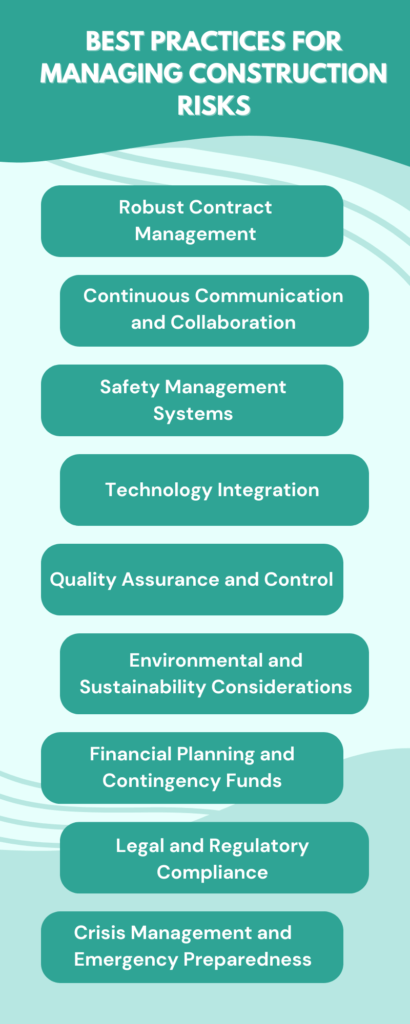
1. Robust Contract Management
Contracts are the foundation of any construction project, outlining the responsibilities of all parties involved. Effective contract management is essential for managing construction risks related to scope, timelines, and costs. Key elements of robust contract management include:
- Clear Scope of Work: Defining the scope of work in detail to avoid misunderstandings and disputes.
- Payment Terms: Setting clear payment schedules to ensure timely cash flow.
- Dispute Resolution Clauses: Including mechanisms for resolving disputes quickly and efficiently.
2. Continuous Communication and Collaboration
Effective communication is vital for managing construction risks throughout the project lifecycle. Regular communication between stakeholders ensures that everyone is aligned and that potential risks are identified and addressed promptly. Best practices include:
- Regular Meetings: Holding weekly or bi-weekly meetings to discuss progress and address any issues.
- Collaborative Platforms: Using digital tools to facilitate real-time communication and document sharing.
- Stakeholder Engagement: Involving all relevant parties, including clients, contractors, and suppliers, in risk management discussions.
3. Safety Management Systems
Safety is a paramount concern in the construction industry, and managing construction risks related to safety requires a systematic approach. Implementing a comprehensive safety management system can help prevent accidents and ensure compliance with safety regulations. Key components include:
- Risk Assessments: Conducting regular safety audits and risk assessments to identify potential hazards.
- Training Programs: Providing ongoing training to workers on safety protocols and best practices.
- Incident Reporting: Establishing a transparent system for reporting and investigating safety incidents.
4. Technology Integration
Technology is transforming the way builders approach managing construction risks. By integrating advanced technologies into their risk management strategies, builders can enhance efficiency and reduce the likelihood of errors. Key technologies include:
- Building Information Modeling (BIM): Utilizing BIM to visualize and plan projects, identify potential conflicts, and optimize resource allocation.
- Drones: Employing drones for site inspections, monitoring progress, and assessing risk in real-time.
- Project Management Software: Using software to track project timelines, budgets, and risks, providing a centralized platform for decision-making.
5. Quality Assurance and Control
Quality assurance and control are critical components of managing construction risks. Ensuring that materials and workmanship meet the required standards can prevent costly rework and delays. Best practices in this area include:
- Material Testing: Conducting rigorous testing of materials before use to ensure they meet specifications.
- Regular Inspections: Performing regular inspections at various stages of construction to identify and rectify issues early.
- Documentation: Maintaining detailed records of inspections, tests, and approvals to provide a clear audit trail.
6. Environmental and Sustainability Considerations
As the construction industry increasingly focuses on sustainability, managing construction risks related to environmental impact has become more important. Builders must consider the environmental footprint of their projects and take steps to mitigate risks associated with climate change, resource depletion, and regulatory compliance. Strategies include:
- Sustainable Design: Incorporating energy-efficient and environmentally friendly design elements.
- Environmental Assessments: Conducting thorough environmental impact assessments and obtaining necessary permits.
- Resource Management: Implementing strategies for efficient resource use, waste reduction, and recycling.
7. Financial Planning and Contingency Funds
Financial management is a cornerstone of managing construction risks. Accurate cost estimation, budgeting, and financial forecasting are essential to keeping a project on track. Additionally, setting aside contingency funds can help manage unexpected expenses. Best practices include:
- Cost Tracking: Monitoring expenses regularly to ensure they align with the budget.
- Contingency Planning: Allocating contingency funds to cover unforeseen costs, such as material price increases or labor shortages.
- Financial Reviews: Conducting regular financial reviews to adjust budgets and forecasts as needed.
8. Legal and Regulatory Compliance
Navigating the complex legal and regulatory landscape is a significant aspect of managing construction risks. Builders must ensure that their projects comply with all relevant laws and regulations to avoid delays, fines, and legal disputes. Best practices include:
- Contractual Clauses: Including clear clauses in contracts to address regulatory compliance and potential changes in laws.
- Permitting: Securing all necessary permits before construction begins and ensuring ongoing compliance throughout the project.
- Legal Counsel: Consulting with legal experts to review contracts and provide guidance on regulatory matters.
9. Crisis Management and Emergency Preparedness
Despite the best efforts to manage construction risks, unforeseen events can still occur. Having a crisis management and emergency preparedness plan in place ensures that the project team can respond quickly and effectively to any emergencies. Key elements include:
- Crisis Management Plan: Developing a comprehensive plan that outlines procedures for dealing with emergencies, including communication strategies and resource allocation.
- Emergency Drills: Conducting regular drills to ensure that all team members are familiar with emergency protocols.
- Recovery Strategies: Establishing strategies for recovering from crises, including business continuity planning and resource mobilization.
Future Trends in Construction Risk Management
As the construction industry in India continues to evolve, new trends and innovations are shaping the way risks are managed when managing construction projects. Here are some emerging trends to watch:
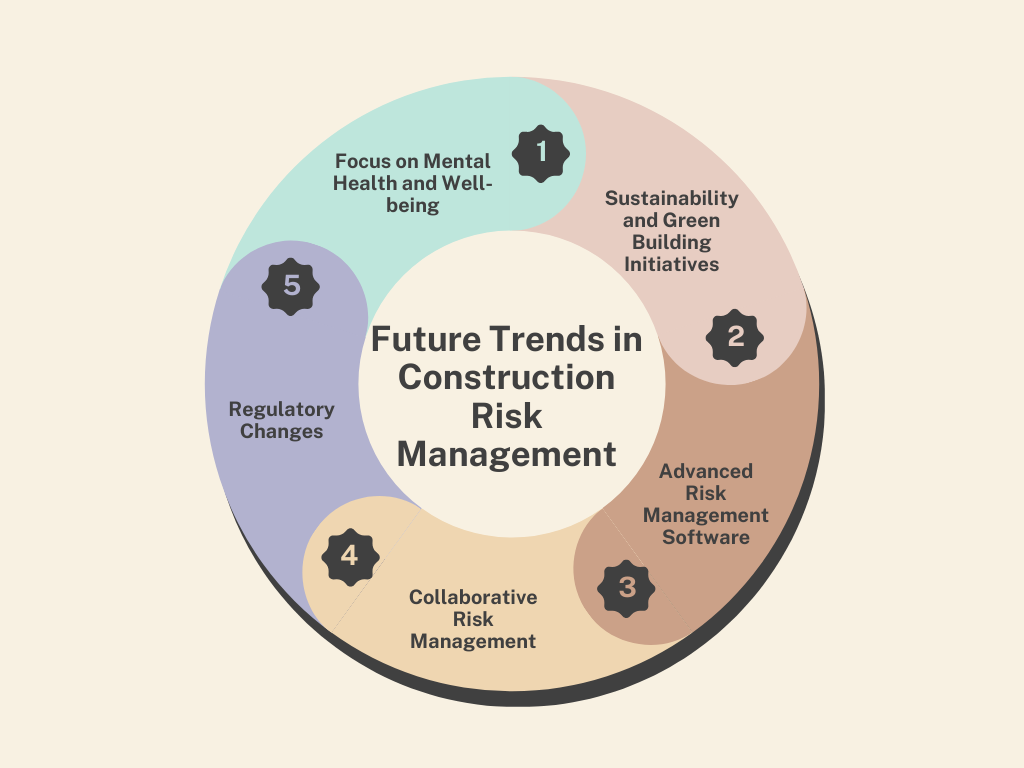
- Sustainability and Green Building Initiatives: With an increasing focus on sustainability, managing construction projects now involves incorporating green building practices. This reduces environmental risks and aligns with global sustainability goals. Implementing energy-efficient technologies and using sustainable materials can enhance a project’s environmental performance, making the process of managing construction projects more responsible and future-focused.
- Advanced Risk Management Software: The development of more sophisticated risk management software, which integrates with other project management tools, is revolutionizing how firms are managing construction projects. These advanced tools enhance risk identification, assessment, and mitigation capabilities. Cloud-based platforms, in particular, facilitate real-time collaboration and information sharing among stakeholders, making the process of managing construction projects more streamlined and efficient.
- Collaborative Risk Management: Collaborative approaches involving all stakeholders, including clients, contractors, and suppliers, are becoming more prevalent in managing construction projects. This trend ensures a holistic approach to risk management, where all parties are aligned in their objectives and strategies. Establishing partnerships with local communities can also help mitigate risks related to public opposition, which is an essential aspect of managing construction projects in today’s interconnected world.
- Regulatory Changes: As India continues to develop its infrastructure, regulatory changes are inevitable, making it crucial for firms managing construction projects to stay ahead of these changes. Incorporating regulatory updates into risk management plans is essential for project success. Engaging with regulatory bodies early in the project planning process can help navigate potential challenges, ensuring that managing construction projects remains compliant and on track.
- Focus on Mental Health and Well-being: The construction industry is increasingly recognizing the importance of mental health and well-being among workers, which is a critical component of managing construction projects effectively. Implementing programs to support mental health can reduce human resource risks and improve overall project outcomes. Creating a supportive work culture is integral to managing construction projects, as it leads to higher job satisfaction, increased productivity, and ultimately, more successful project execution.
The Role of Technology in Risk Management
In the modern construction landscape, technology plays a pivotal role in enhancing risk management practices. Here are some ways technology can be leveraged to manage construction project risks effectively:
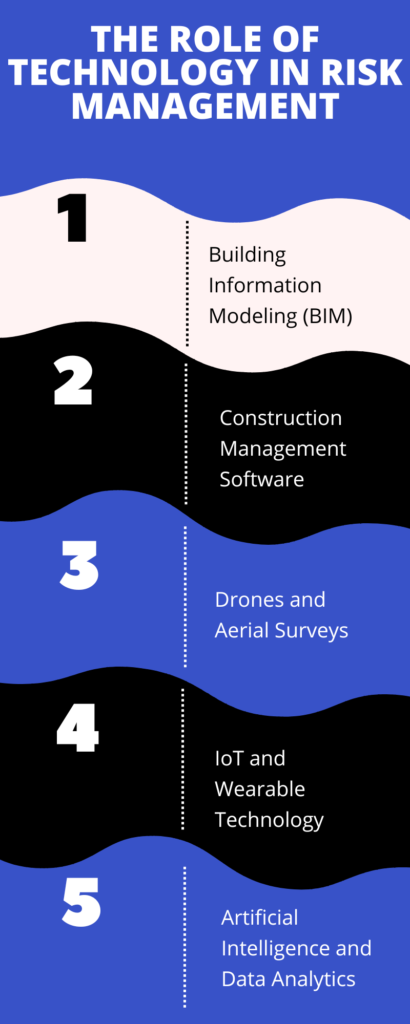
- Building Information Modeling (BIM): BIM technology allows for detailed project visualization, helping teams identify potential design and construction issues before they occur. This reduces technical risks and enhances collaboration among stakeholders. BIM also facilitates better communication by providing a shared platform for all project participants.
- Construction Management Software: Software solutions like Procore, Oracle Primavera, and Microsoft Project enable real-time project tracking, risk identification, and communication among project teams. These tools help in managing operational risks by providing accurate data and insights. Automating routine tasks can also free up project managers to focus on risk management activities.
- Drones and Aerial Surveys: Drones can be used to conduct aerial surveys, monitor construction progress, and identify potential hazards on-site. This helps in managing environmental and safety risks. Drones can capture high-resolution images and videos, providing valuable data for project assessments.
- IoT and Wearable Technology: The Internet of Things (IoT) and wearable technology can monitor workers’ health and safety on-site. Sensors and wearables can detect hazardous conditions, helping to prevent accidents and manage human resource risks. Real-time data from IoT devices can be analyzed to identify trends and improve safety protocols.
- Artificial Intelligence and Data Analytics: AI and data analytics can predict potential risks by analyzing historical data and trends. This enables proactive risk management and better decision-making. Machine learning algorithms can continuously improve risk prediction models based on new data and outcomes.
Leadership’s Role in Managing Construction Risks
Effective leadership is crucial in managing construction risks. Leaders set the tone for risk management by fostering a culture of risk awareness and encouraging proactive approaches to managing construction risks. Key leadership practices include:
- Risk Ownership: Assigning clear responsibility for risk management to ensure accountability at all levels.
- Decision-Making: Making informed decisions based on comprehensive risk assessments and stakeholder input.
- Team Motivation: Encouraging collaboration and innovation in developing solutions to manage construction risks.
The Evolving Landscape of Construction Risk Management
The construction industry is constantly evolving, and so too are the methods for managing construction risks. Emerging trends such as artificial intelligence, machine learning, and big data analytics are set to revolutionize risk management practices. These technologies enable more accurate risk predictions, real-time monitoring, and data-driven decision-making.
Sustainability is another key factor shaping the future of managing construction risks. As environmental regulations become stricter and public awareness grows, builders will need to integrate sustainable practices into their risk management strategies. This includes reducing carbon footprints, using eco-friendly materials, and designing projects that are resilient to climate change.
Conclusion
Managing construction risks is an integral part of project management in the construction industry. By adopting a proactive and systematic approach, builders can effectively mitigate potential issues, ensuring that projects are completed on time, within budget, and to the highest standards of quality and safety. The best practices outlined in this blog provide a comprehensive framework for managing construction risks, offering builders the tools they need to navigate the complexities of modern construction projects.
As the industry continues to evolve, so will the strategies and technologies for managing construction risks. Builders who stay ahead of these developments and prioritize risk management will not only safeguard their projects but also position themselves for long-term success in an increasingly competitive market. Managing construction risks is not just about avoiding problems—it’s about building a foundation for excellence in every project.


